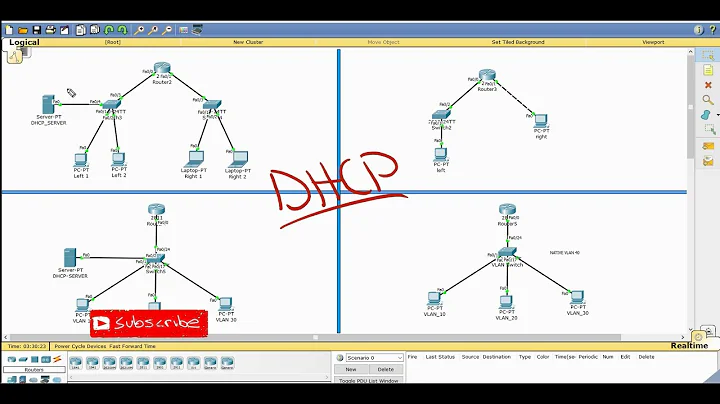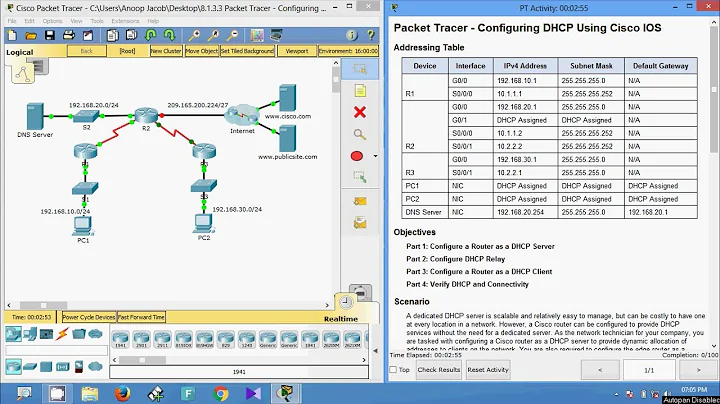Shouldn't we exclude a static IP from the DHCP pool?
I'm going to preface this answer (that I already typed out, and am thus, not going to delete) by saying that it looks like your router uses the term "static DHCP" for what the rest of the world calls a "DHCP reservation."
So, in fact, the proper configuration of your device is to have your DHCP pool set from 192.168.0.2 to 192.168.0.254, and then to put all those static addresses I see in the LAN hosts table into the "Static DHCP" client table. (If you don't put them in the Static DHCP table, the DHCP server may assign those IP addresses to another device, creating an IP conflict.)
Also...
- I have almost no experience using Cisco Small Business gear, so I'm not 100% sure of the above, but that's sure what it looks like.
- Your use of the subnet designation (
/24) is not correct, and confusing.- If you're punching that into your config, it's going to cause problems. If you're just typing it that way, that's better... but still wrong and confusing.
192.168.0.241/24is not a valid subnet. It's192.168.0.0/24. The/24indicates that it is a 24 bit subnet composed of 256 IP addresses.
Anyway, moving onto the general case...
Shouldn't we exclude a static IP from the DHCP pool?
In short, yes. You should exclude any statically-assigned IP addresses from being assigned from your DHCP pool. If you don't, your DHCP server will happily assign that static IP address to a device requesting a DHCP-assigned address, and you'll end up with an IP conflict, and some potentially confusing connection issues reported by your users.
As to how you typically accomplish this, there are basically three ways.
- Actually exclude the IP address from the DHCP pool range.
- This will make the DHCP server ignore that IP address, as if it doesn't exist.
- This will make the DHCP server ignore that IP address, as if it doesn't exist.
- Create a DHCP "reservation."
- This will force the DHCP server to always assign that "reserved" IP address to the device you specify (or any device with the same MAC address, to be precise).
- It looks like your router calls that option a "static DHCP." (Since DHCP stands for "Dynamic Host Configuration Protocol," this is a dumb name.)
- Use hostnames and DNS instead.
- Instead of messing around with IP addresses that the majority of devices don't care about and users won't remember, assign a hostname, use a nameserver and access your devices by hostname instead of IP, so you can let everything get a dynamic address from your DHCP server and not care what the actual IP address is.
Related videos on Youtube
bobo
People here give great answers, I have a hard time to choosing the best one.
Updated on September 18, 2022Comments
-
bobo over 1 year
In my office, I have a printer with static IP
192.168.0.254/24. Normally, it should be excluded from the DHCP pool in the router. So I just set the DHCP pool to be in the range of192.168.0.2/24 - 192.168.0.240/24,192.168.0.241/24 - 192.168.0.254/24will be left for some machines that require static IP like the printer.Then I also added the static IP
192.168.0.254/24in the router for the printer. It seems there's nothing wrong. But with these settings, the printer is inaccessible to other machines in the same network. That is, nobody is able to print from their computer and it doesn't respond to anyPINGrequest like before.I had completely no idea. So I just tried some luck by configuring the DHCP range to cover as most IPs as it can, which is
192.168.0.2/24 - 192.168.0.254/24.After router restart, the printer is now completely accessible and can respond to
PINGjust like it was before we replaced the old router with this one (Cisco RV180W).So my question is, shouldn't we exclude a static IP from the DHCP pool?
I have included some screenshots below that show our current configuration:



Note: you can see there are some machines using static IPs but I still haven't added them in the
Static DHCP Client Tablebecause I plan to change them to use dynamic IP later.-
 Michael Hampton over 10 yearsI would find the printer configuration more interesting.
Michael Hampton over 10 yearsI would find the printer configuration more interesting. -
bobo over 10 years@Michael Hampton♦ From the front panel of the printer, it shows
192.168.0.254as its IP. Since I don't have admin access to the printer, this is the only info I can get. -
 Michael Hampton over 10 yearsMy guess, then, would be that the printer is actually getting its IP address via DHCP, and it only "works" because there's a DHCP reservation for it.
Michael Hampton over 10 yearsMy guess, then, would be that the printer is actually getting its IP address via DHCP, and it only "works" because there's a DHCP reservation for it. -
bobo over 10 years@Michael Hampton♦ I didn't have the concept of DHCP reservation so I didn't ever consider this possibility. I think your guess is most likely a correct one. I will see if I can get the admin access and confirm on this and report back.
-
-
bobo over 10 yearsI didn't know about DHCP reservation so didn't think about this possibility, which is probably the reason why the printer behaves like this. Regarding /24, I just want to indicate the subnet mask of the IP, I didn't pay much attention about its correct usage but I now know about it. Thanks so much for your detailed explanations.
-
bobo over 10 yearsBy the way, if anybody wants to get into the admin interface of this router to play around with it. Here you can find the online demos, hope you like it: supportforums.cisco.com/community/netpro/small-business/…
-
 Mike McManus over 4 yearsIn the context of specifying an actual IP address, CIDR notation like 192.168.0.241/24 is shorthand for saying "192.168.0.241 on a 24-bit subnet" or "192.168.0.241 with subnet mask 255.255.255.0". It's the address of the host, not that of the subnet. Whether or not this shorthand is acceptable as input to a configuration form depends on the device presenting the form. Older devices will insist on entering the host address and mask separately; newer ones may use the CIDR notation and calculate the subnet mask internally.
Mike McManus over 4 yearsIn the context of specifying an actual IP address, CIDR notation like 192.168.0.241/24 is shorthand for saying "192.168.0.241 on a 24-bit subnet" or "192.168.0.241 with subnet mask 255.255.255.0". It's the address of the host, not that of the subnet. Whether or not this shorthand is acceptable as input to a configuration form depends on the device presenting the form. Older devices will insist on entering the host address and mask separately; newer ones may use the CIDR notation and calculate the subnet mask internally.




